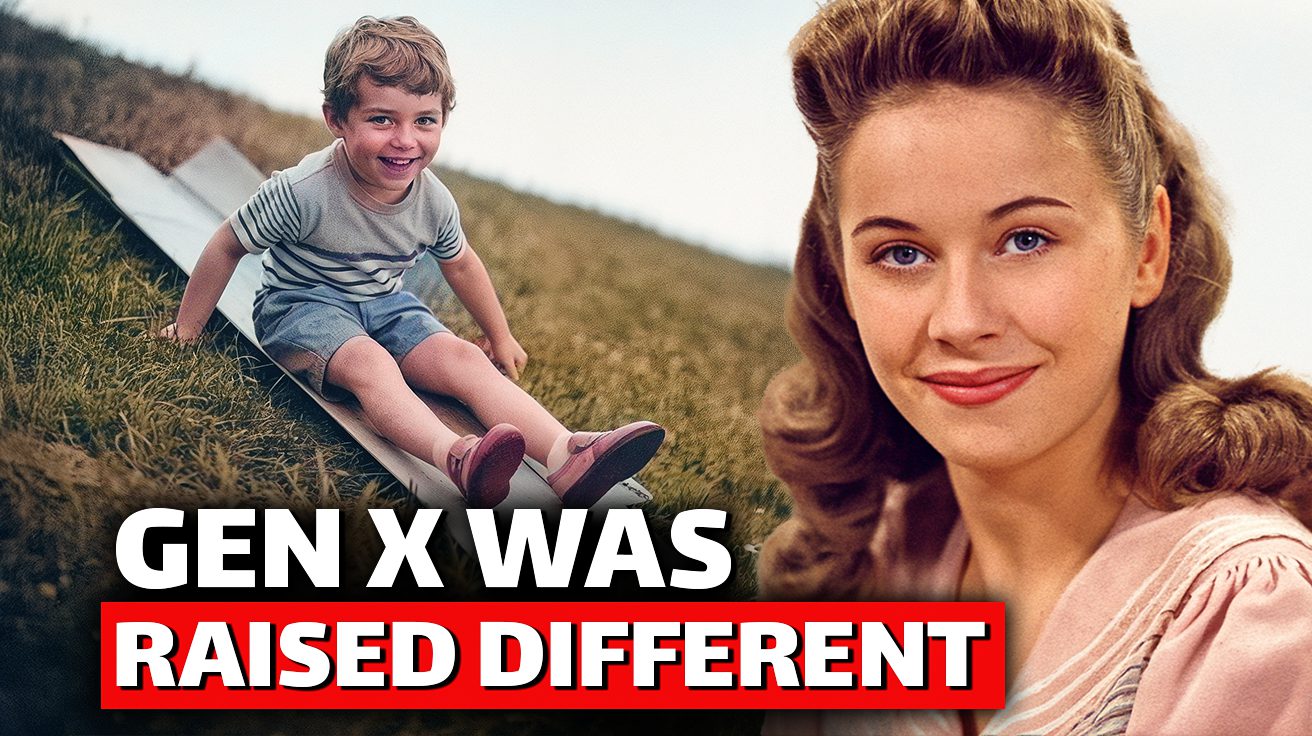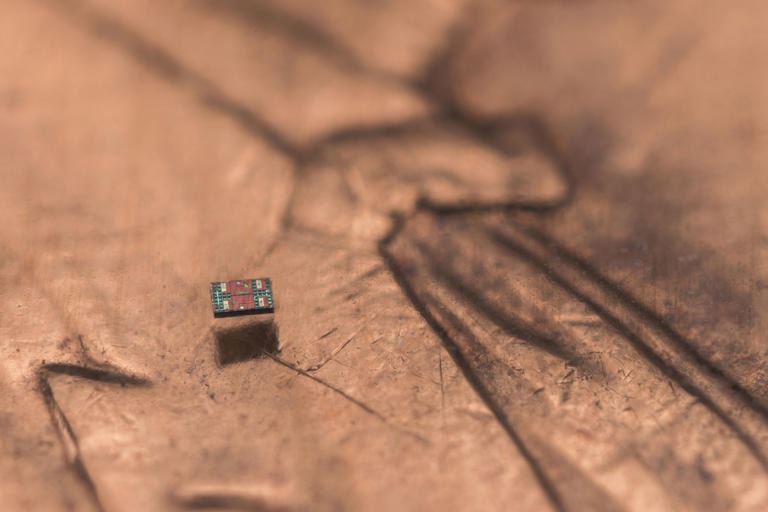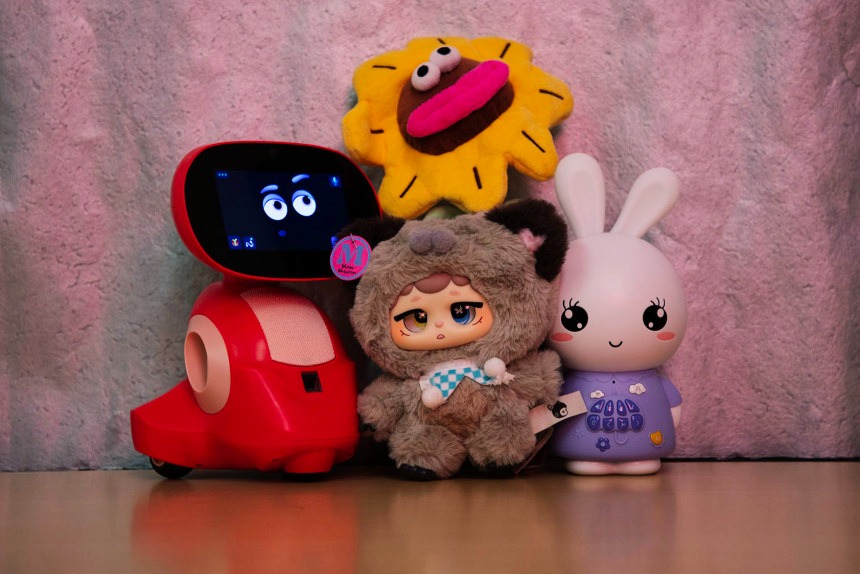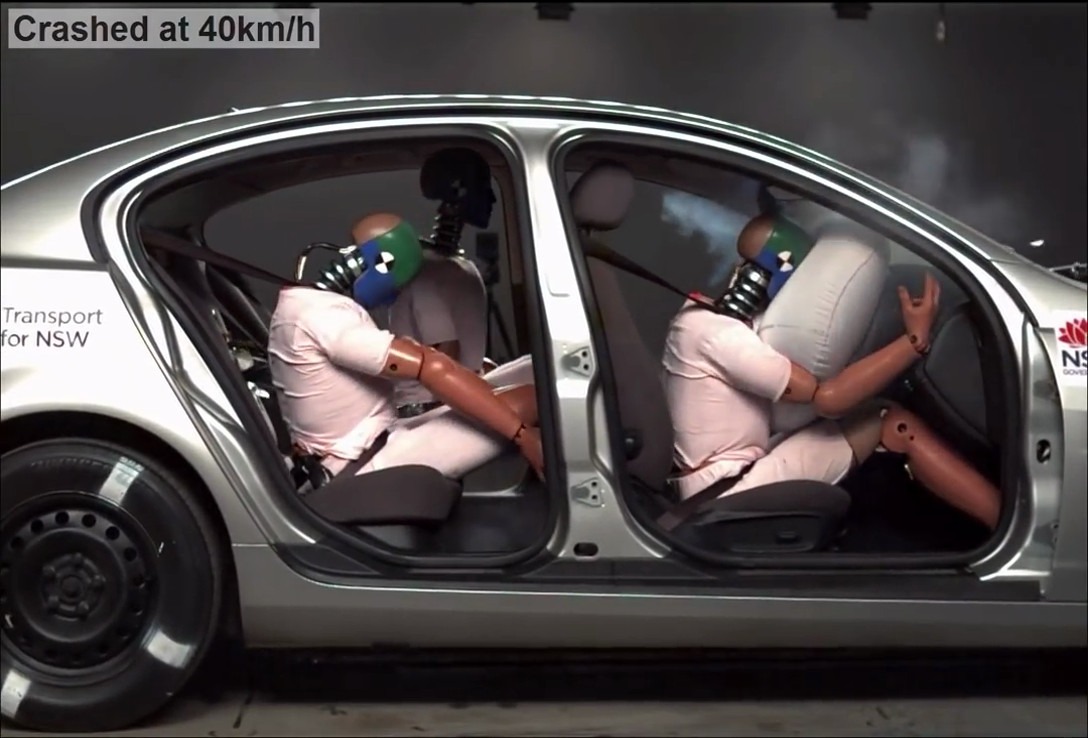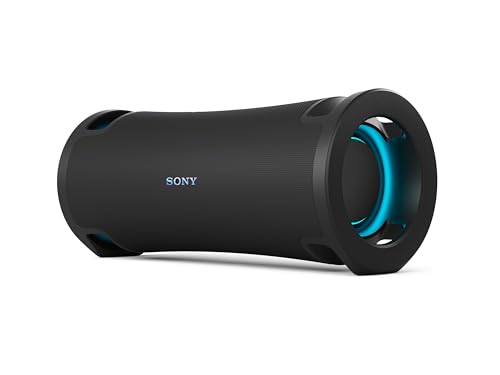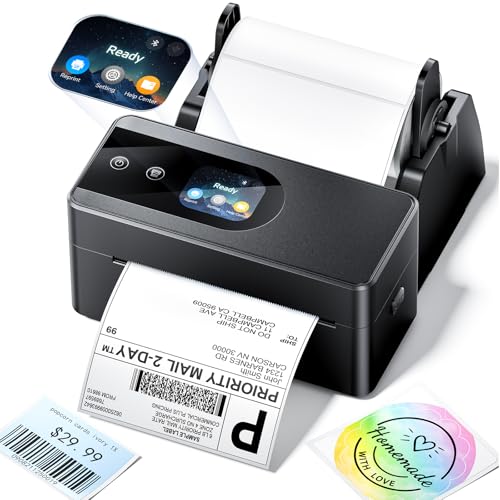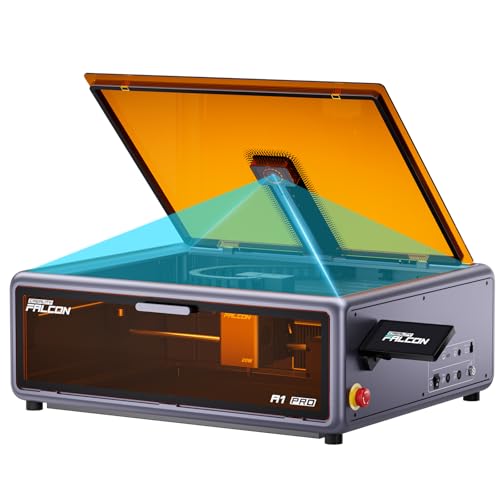Before algorithms dictated entertainment and screens consumed attention, children crafted entire universes from cardboard, metal, and pure imagination. Our modern world has stripped away the raw, unfiltered creativity that once defined childhood, replacing wonder with passive consumption.
This collection exposes the radical difference between then and now – a time when play was an art form, not a pre-programmed experience.
50. Atari 2600
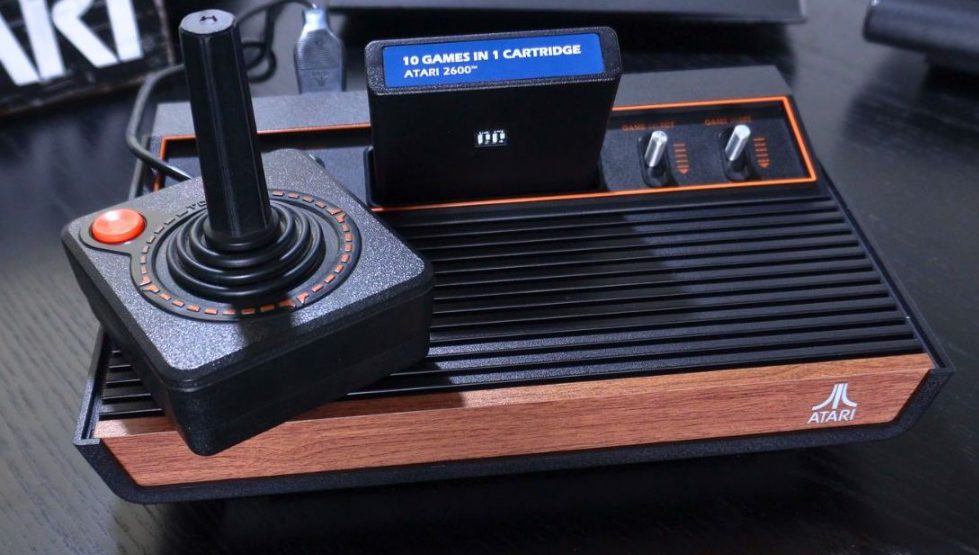
The Atari 2600 converted living rooms into gaming arcades, becoming one of the iconic toys that shaped a generation in the early days of digital entertainment. Smoke-filled arcades throbbed with electronic beats while Space Invaders dominated the cultural landscape. This wasn’t just a game – it was an obsession that gripped countless teens who craved control over the alien onslaught.
The simple premise created an addictive gameplay loop that had arcades packed with gamers ready to defend Earth. Space Invaders wasn’t playing around with its popularity either – it raked in $2 million within its first year. The console sparked the video game industry’s growth, revolutionizing home entertainment despite its initial high retail price. The console eventually fell victim to market saturation, leading to the infamous North American video game crash of 1983.
49. Payphones
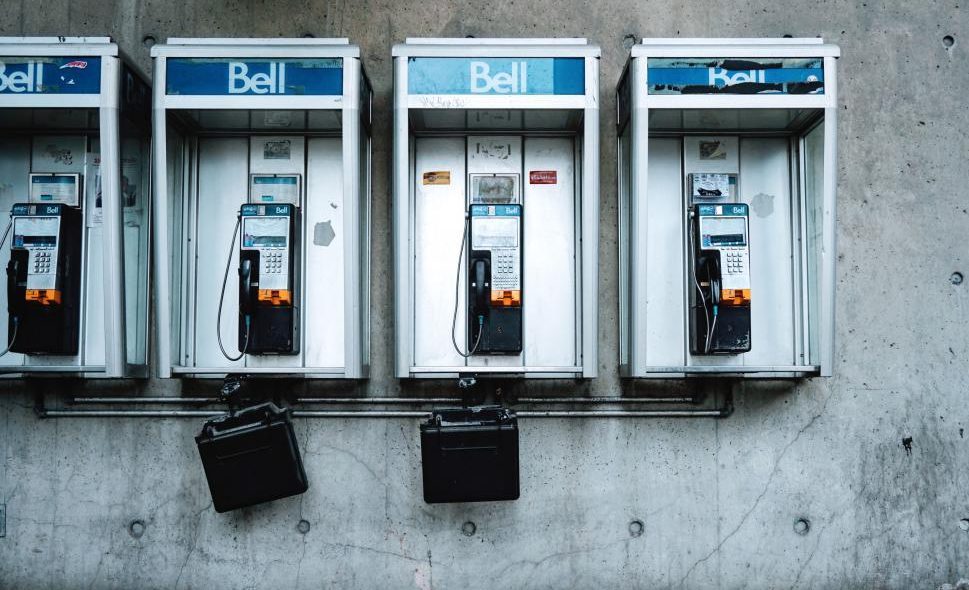
Caught without a way to call home? Payphones stood as communication lifelines on nearly every street corner. These weren’t decorative – they served as critical connections when nobody had a cell. People actually left their houses without any way to call others unless they found one of these public phones.
A quarter got you a local call, and these metal boxes became symbols of urban connectivity. They were essential urban infrastructure before cell phones but suffered from vandalism and poor maintenance. Now they’re museum pieces, but for decades, they were how people stayed connected when away from home.
48. Water Beds

Back pain sufferers once turned to water beds for relief, only to discover a maintenance nightmare instead. Marketing claims positioned these as revolutionary sleep experiences, with ads pushing their supposed therapeutic benefits. What they didn’t mention was the 2,000-pound weight when filled or the constant threat of leaks.
Initially marketed as novel luxury items promising back pain relief, these liquid mattresses quickly went from status symbol to practical nightmare. The excessive motion made for uncomfortable sleep, and maintenance became a constant headache. Few modern homes would even consider installing these portable indoor pools masquerading as beds, which are now seen mainly as symbols of 1970s excess and novelty.
47. Milk Delivery to Homes
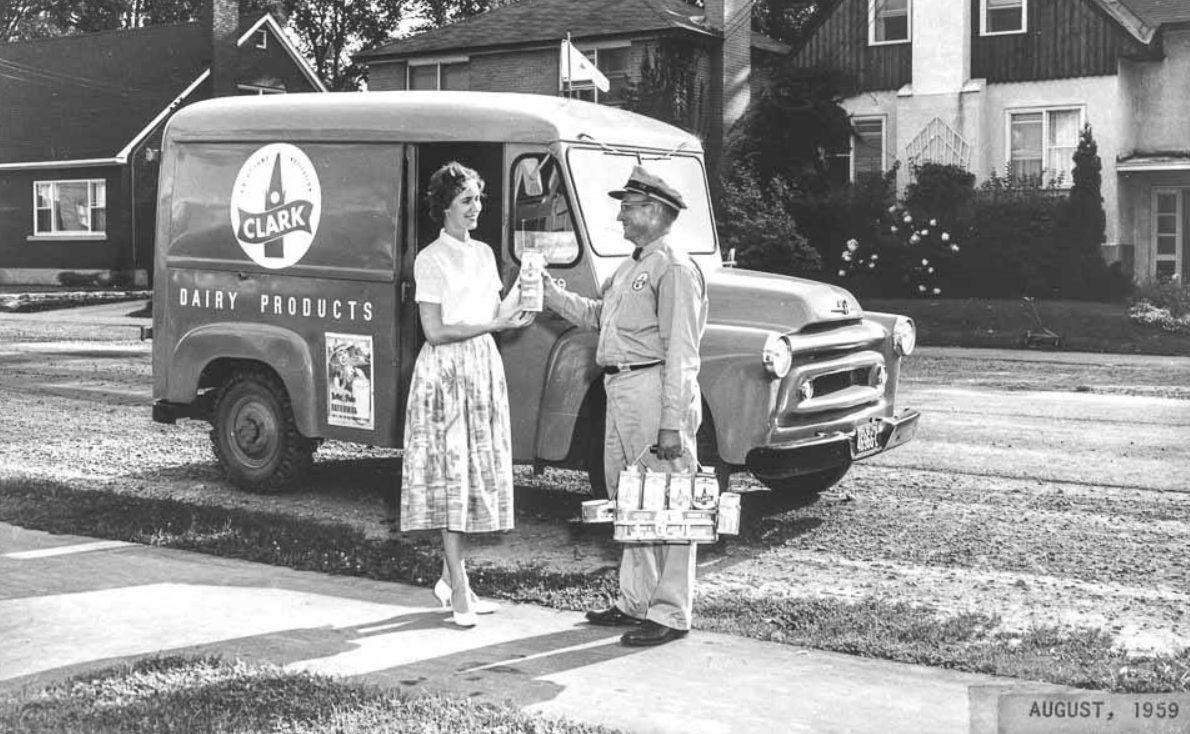
If you’re tired of grocery store runs, imagine fresh milk appearing on your doorstep before dawn. Glass bottles sat in insulated boxes, ensuring your breakfast cereal had fresh dairy without a trip to the store. At just 10 cents a pint, this service created genuine community connections through personal delivery interactions.
The daily rhythm of clinking bottles and cream-topped milk seems quaint now, but it structured morning routines for generations before supermarkets replaced this tradition, which is now nostalgically remembered but no longer economically viable.
46. View-Master
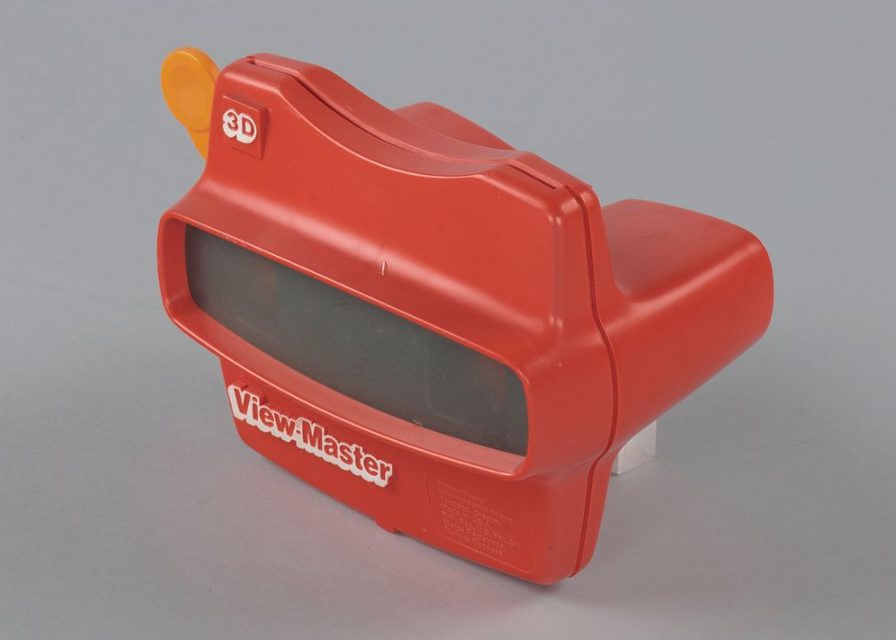
Armchair travelers explored the world through the View-Master’s immersive 3D images displayed on colorful reels. With a satisfying click, this device brought stereoscopic photos to life featuring everything from cartoon characters to global destinations. Originally produced by Sawyer’s before being acquired by Mattel, it enhanced experiential learning through its immersive 3D visuals.
Educational content expanded its appeal beyond pure entertainment, making it a staple in family homes. This $10 simple plastic toy provided truly immersive analog entertainment that captured imaginations without batteries or screens.
45. MTV

Music turned into something you watched, not just heard, when MTV launched in 1981 to become one of the defining features of 80s childhoods. The visual revolution made images as critical as the songs themselves, launching careers and shaping trends while reaching 23 million homes during its peak. The infamous shift toward reality TV marked the end of an era but demonstrated the channel’s ability to adapt to changing viewer preferences.
Today’s kids streaming single songs on demand can’t grasp how MTV transformed entertainment by creating shared cultural moments around music videos that everyone watched together.
44. Jukeboxes
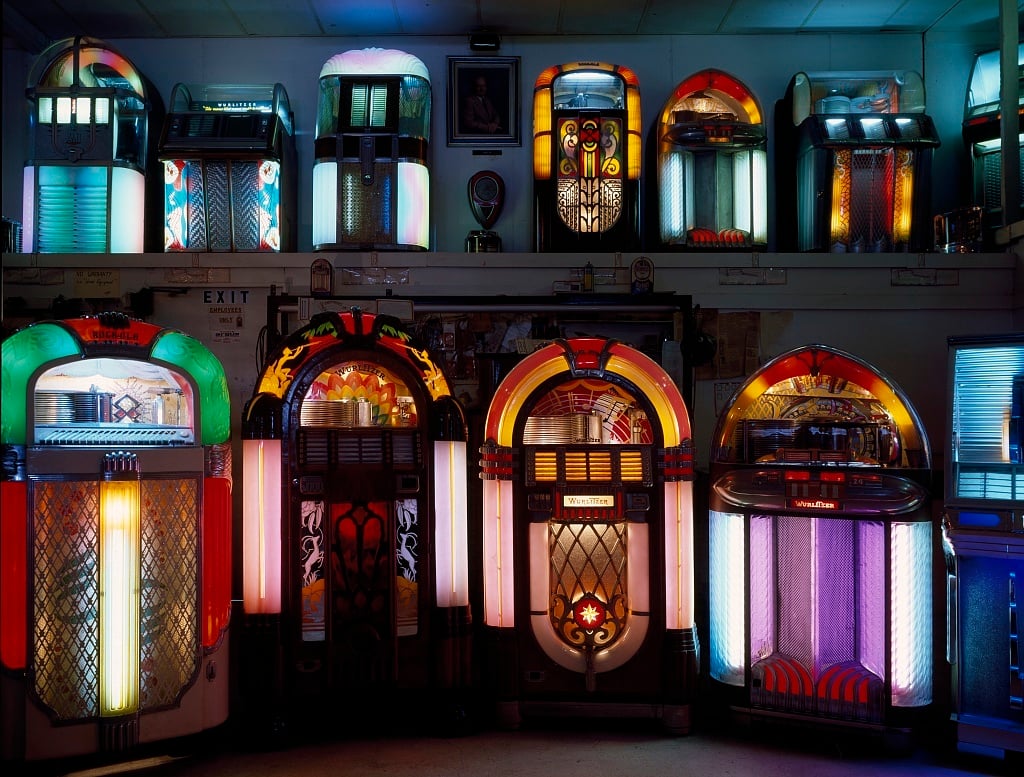
Sudden silence in a diner? Jukeboxes solved that problem with patron-selected music played for just a nickel. Vibrant machines created shared musical experiences as friends pooled coins to play favorite songs. The anticipation of waiting for your selection and the pride in choosing something everyone loved created social connections that streaming playlists can’t replicate.
Jukeboxes enhanced social interaction and entertainment in public venues, playing a significant role in pop culture during the mid-20th century. Public spaces had soundtracks determined by their customers, not algorithms, creating musical democracy at 5 cents per play.
43. Legacy Boxes

Family memories fade without proper preservation, but legacy boxes protected precious artifacts for generations. These personal time capsules held irreplaceable photos, handwritten letters, and meaningful mementos that captured family history. These physical containers preserved memories for future generations, with quality boxes protecting valuables for over 50 years.
While digital storage has replaced many physical collections, these boxes hold sentimental value that cloud storage can’t match – actual objects you can touch that connect you directly to your past and remain valuable for family history preservation despite digital alternatives.
42. Jolt Cola
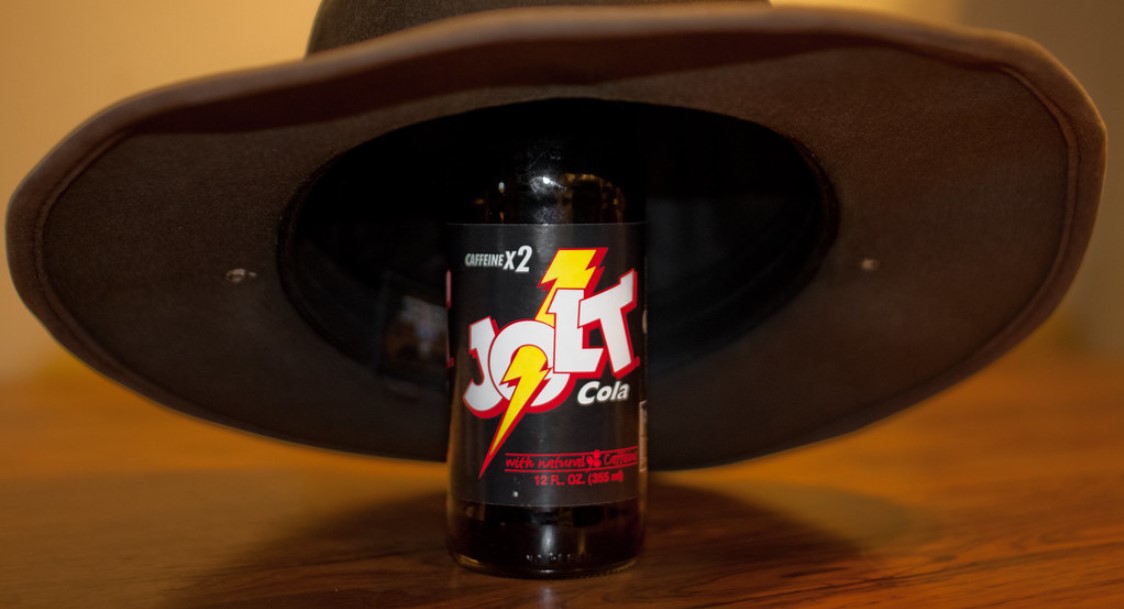
Drowsy afternoons met their match when Jolt Cola entered the scene with twice the caffeine of regular sodas. Marketed with the slogan “All the sugar and twice the caffeine,” two cans supposedly contained all the sugar anyone needed for a day – a selling point that seems bizarrely outdated now.
Its rebellious branding attracted younger consumers until health concerns led to increased scrutiny and regulations. The brand eventually vanished from mainstream shelves after a short-lived but intense popularity, but it represents a time before anyone worried about calories or caffeine intake.
41. Disco Ball
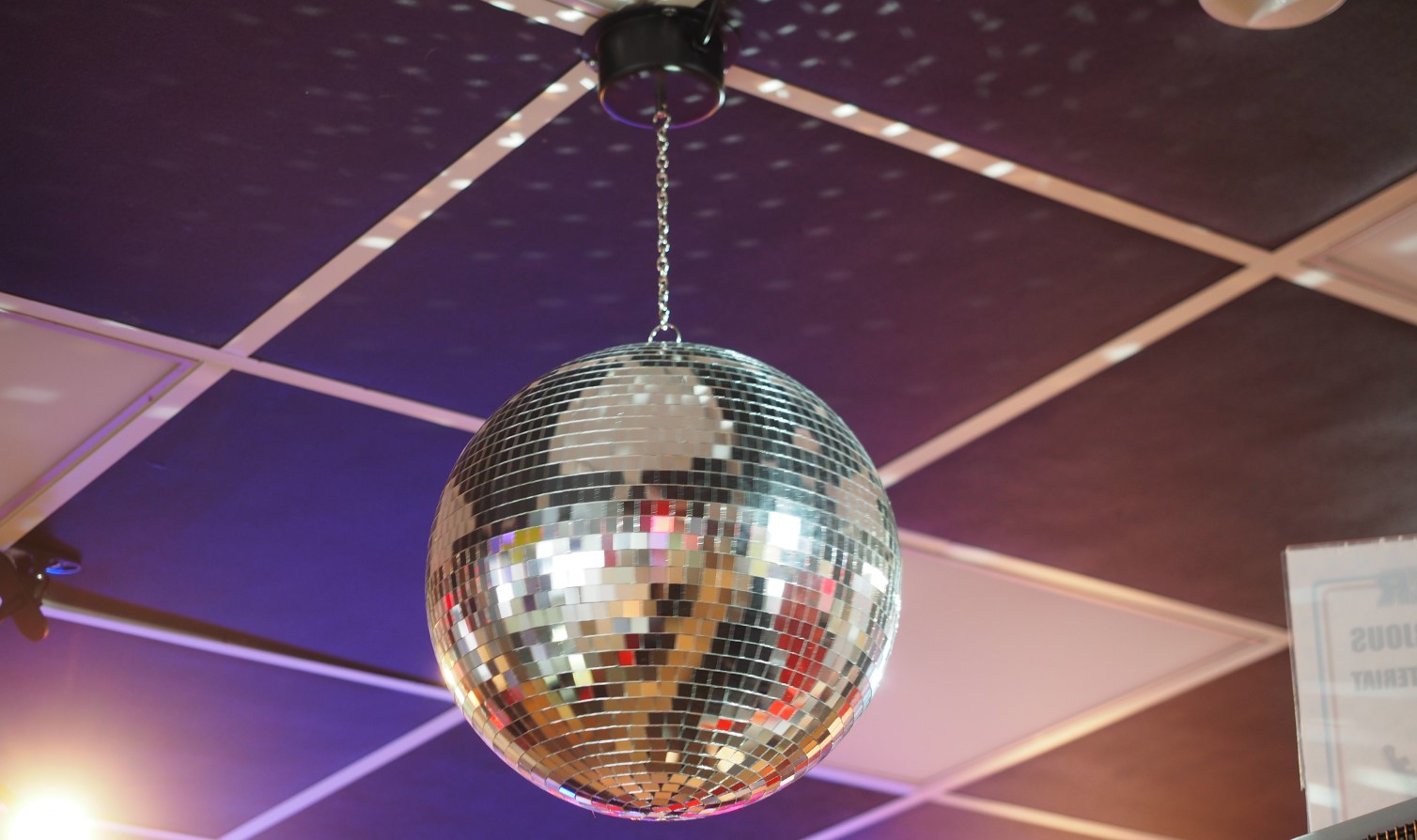
Disco balls altered boring rooms into dance palaces by scattering light in a thousand directions, creating instant atmosphere. These mirrored spheres ranged from 12 inches to over 6 feet in diameter, creating vibrant, energetic environments as they reflected light throughout clubs, becoming symbols of an entire musical movement.
Prone to scratches and damage if not properly maintained, they represented the essence of disco parties and clubs. While they occasionally appear at retro parties today, they once ruled nightlife as essential fixtures rather than nostalgic props.
40. Shaggy Haircut

The shaggy haircut freed fashion-conscious individuals from high-maintenance styling while still looking effortlessly cool. Rock stars popularized this style with its long, layered cuts that suited various face shapes and genders. For around $20, salons changed ordinary heads into fashion statements that defined an era. The versatile cut signaled a relaxed attitude toward appearance, though it required regular styling to maintain.
It became an iconic part of 1970s fashion, influencing later hairstyles and contrasting sharply with today’s highly curated social media aesthetics. When everyone wanted to look like they hadn’t tried too hard, this was the go-to style.
39. Shag Carpet

Cold floors became cozy retreats under shag carpeting with fibers extending up to 3 inches in length. These carpets made living rooms into soft spaces with colors ranging from earth tones to bright oranges. What nobody mentioned in the sales pitch was the constant battle against dirt, spills, and debris caught in those long fibers.
Popular in the 1970s, especially among the hippie movement, the unique texture and visual appeal came with significant maintenance challenges. Modern homes rarely feature this style because practical concerns eventually outweighed the unique texture that defined 1970s interiors.
38. Pound Puppies
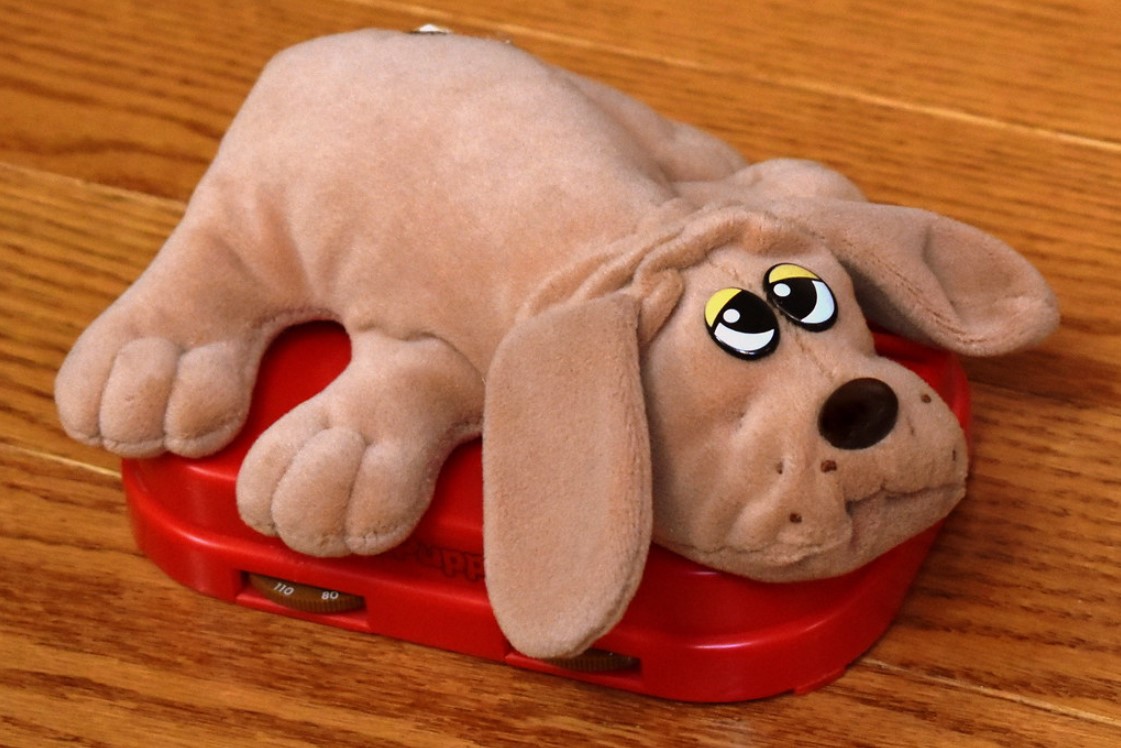
Want to teach empathy to children? Pound Puppies came with adoption papers, modifying toy shopping into a rescue mission. Each plush dog needed a home, creating emotional connections that drove sales to over $300 million.
The accompanying cartoon further cemented their popularity. Without major drawbacks, they became a cultural phenomenon that symbolized childhood empathy. These toys weren’t just playthings; they taught kids about responsibility and care in a way that many modern toys with their focus on screens and technology simply don’t.
37. Mood Ring
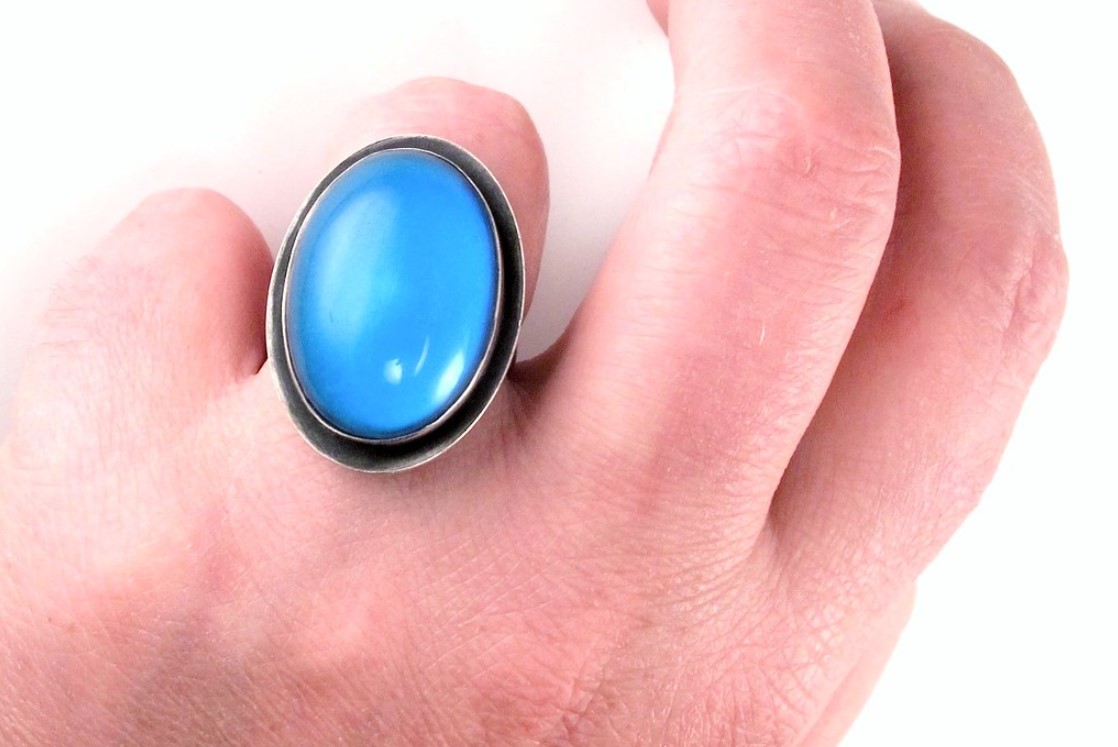
Mood rings claimed to reveal your emotions through color changes triggered by body temperature. Wearers embraced these $5 accessories with a mix of fascination and skepticism about their accuracy. These rings created a sense of personal mystique and sparked conversations about feelings long before emoji reactions.
The pseudo-science behind them seems quaint now, but they represented an early form of wearable tech that claimed to reveal your inner state to the world. Their accuracy was widely questioned, yet they remained popular as novelty items during their peak.
36. Catching Frogs and Turtles

Nature-starved kids found wilderness adventure by hunting small creatures in local creeks and ponds. This common pastime fostered genuine connection with nature as children felt the cool slime of amphibians and reptiles, often no bigger than 5 inches.
These analog adventures created lasting memories of exploration and discovery that many of today’s screen-focused kids miss out on entirely. While concerns about potential harm to wildlife arose later, the simple joy of holding a tiny wild creature represented freedom and hands-on learning that no app can replicate.
35. Pong
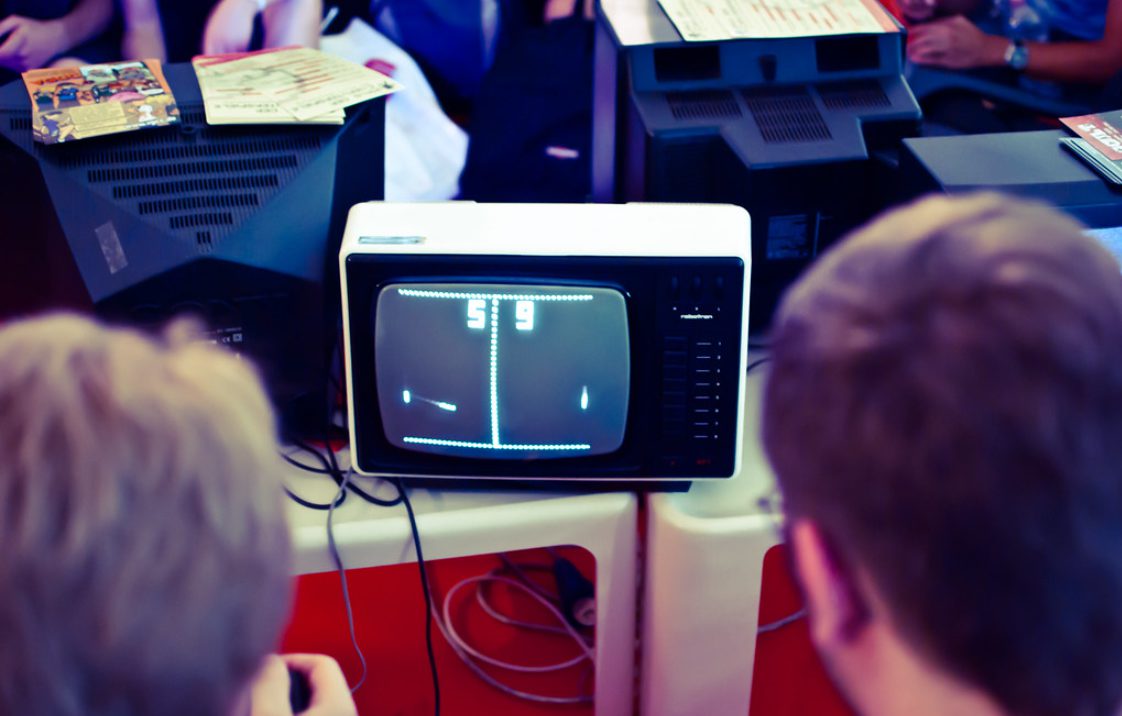
Before complex graphics and storylines, Pong was one of the iconic retro titles that hooked players with just two paddles and a bouncing dot. This digital table tennis match grossed over $40 million for Atari as arcades installed machines everywhere. As the first commercially successful video game, it pioneered an industry that would eventually surpass movies in revenue and cultural impact.
Players were fascinated by controlling something on a screen – a novelty that’s impossible to appreciate now. This primitive game with its basic graphics remodeled entertainment forever, launching the modern video game era with lasting influence.
34. Bobby Socks and Poodle Hairdos

Teen identity became instantly recognizable through bobby socks paired with saddle shoes and tightly curled poodle hairdos. This look embodied youthful innocence and became the uniform at sock hops and dances. Part of sock hop culture, it symbolized youthful innocence and charm. The entire outfit often cost less than $20 but created a distinct visual identity for an entire generation.
The careful coordination required for these looks contrasts sharply with today’s casual approach to fashion, representing a time when dressing up was standard social protocol.
33. Peanuts Merchandise
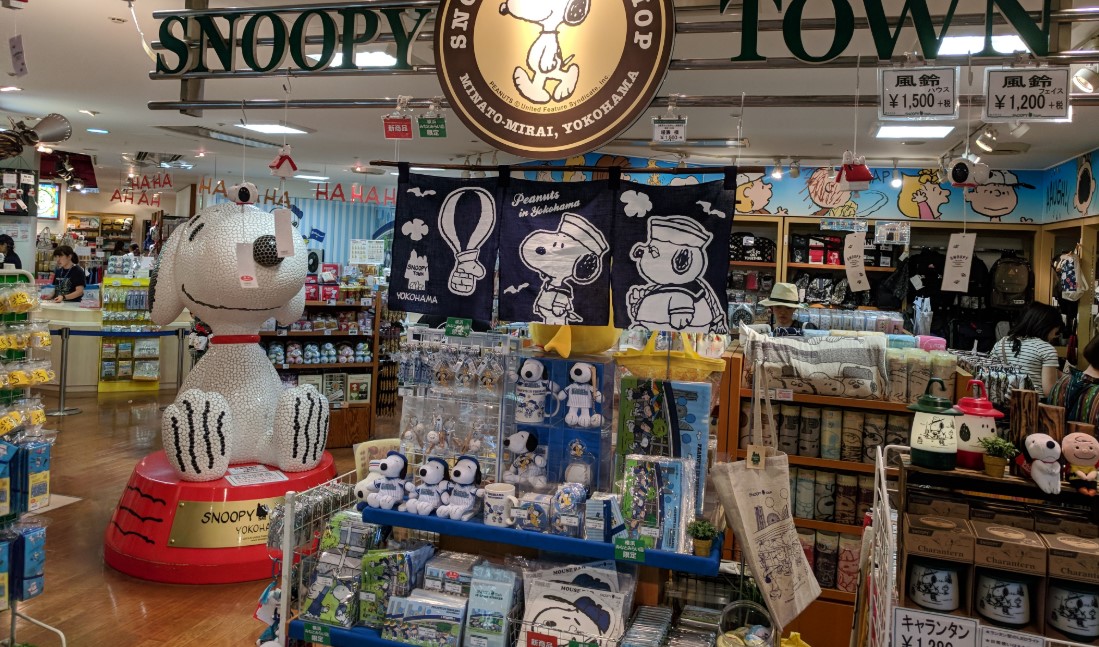
Struggling to find the perfect gift? Peanuts merchandise offered something for everyone with Snoopy and Charlie Brown appearing on countless products. A Snoopy lunch box might have sold for just $2 in 1965, but collectors now hunt these items at premium prices. The comic strip’s timeless charm made its products desirable across generations, with iconic characters becoming household names.
Few modern characters maintain such consistent appeal or cultural relevance for decades, making Peanuts merchandise a symbol of enduring character design and successful brand licensing.
32. Paper Boys
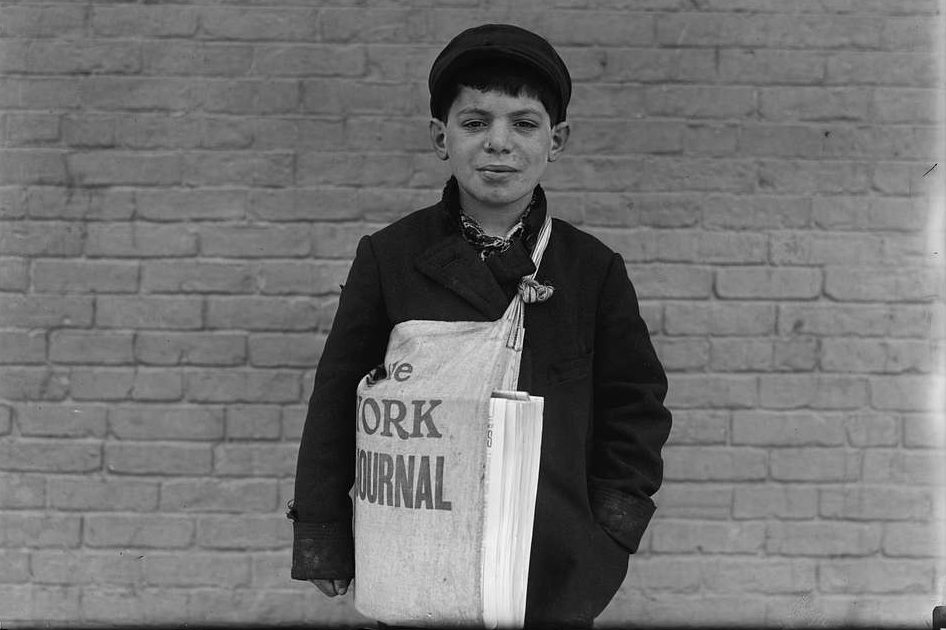
Morning news delivery taught young entrepreneurs responsibility while earning pocket money before school. Kids on bikes delivered papers, earning about 10 cents per week per customer while learning work ethic and business skills. These young businesspeople managed their own routes, collected payments, and dealt with customer service issues – real business experience before hitting their teens.
Once a common and respected first job for kids, this iconic childhood job has been decimated by digital media and the internet. Today’s kids miss out on this formative experience that taught practical skills no classroom could match, representing the death of a tradition that shaped generations.
31. Lava Lamps
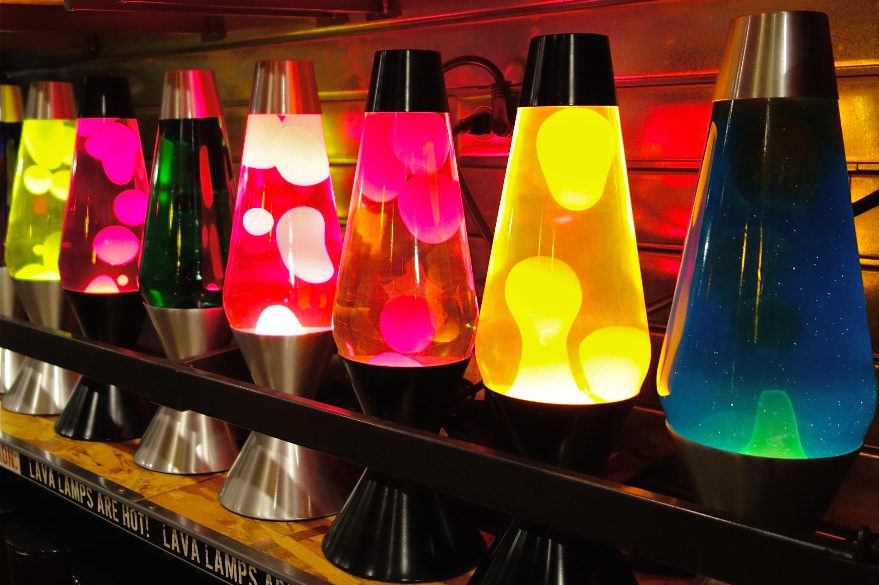
Lava lamps created hypnotic visual effects as colorful blobs floated endlessly in illuminated liquid, creating a distinct ambiance in your room. At around $10 in the mid-1970s, these lights became synonymous with hippie decor and offered a psychedelic touch to any space. The flowing motion created ambient vibes perfect for listening to records or hanging out with friends.
Often associated with 1970s bohemian style, these mesmerizing visual fixtures created a unique psychedelic effect that became iconic in retro decor. While they occasionally appear as retro novelties today, they were once serious interior design elements that transformed ordinary rooms into trippy, atmospheric spaces.
30. Backyard Camping

Backyard camping offered the perfect compromise between the desire for adventure and the comfort of home. Kids pitched tents just steps from their homes, telling stories for 2 whole days while experiencing the thrill of outdoor sleeping with the safety net of nearby comfort.
Parents used these mini-expeditions to foster family bonding in a controlled environment that still felt exciting and novel to children. This simple activity encouraged imagination in a safe space with easy access to bathrooms and kitchens when needed. The freedom to create adventures under the stars created childhood memories that modern digital entertainments simply can’t replicate.
29. Wacky Packages
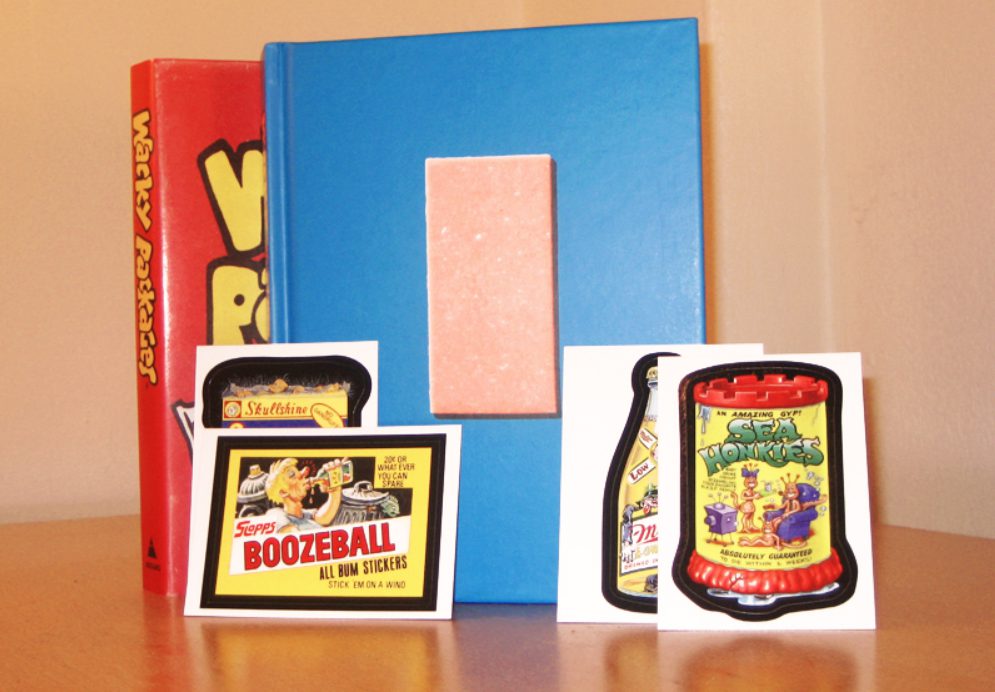
The Wacky Packages turned consumer culture on its head with satirical stickers that mocked popular brands. At just 25 cents per pack, these subversive cards delighted children who eagerly traded and collected the entire series. Each pack contained stickers and chewing gum, offering both immediate gratification and lasting entertainment.
The unique humorous approach fostered trading among children while reflecting cultural commentary on consumer products. Kids recognized the absurdity of marketing through these cynical humor pieces, offering an early lesson in media literacy packaged as simple fun.
28. Drive-In Theaters
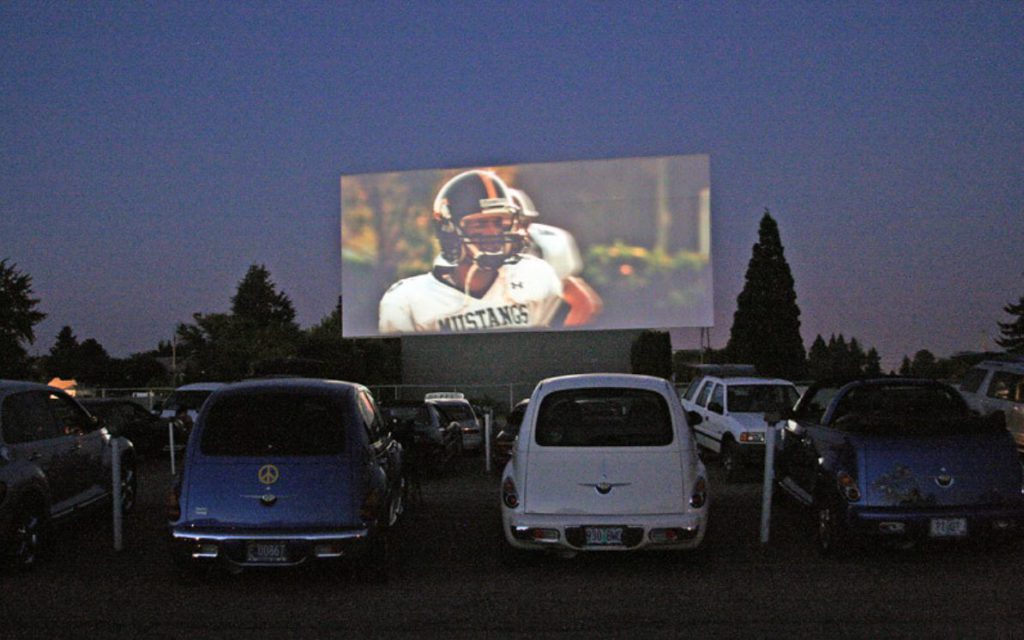
If you’re tired of shushing strangers in movie theaters, drive-ins offered family entertainment with privacy built-in. Cars became personal viewing boxes at these outdoor cinemas, creating unique experiences where snacks and socializing enhanced the communal atmosphere. A double feature cost just $5 per carload, making it affordable entertainment for everyone.
Modern multiplexes and streaming services have nearly eliminated this cultural institution, with fewer than 500 drive-ins still operating today. The freedom to talk during movies and enjoy them in private family space created viewing experiences that standard theaters never could match.
27. Mimicking Pro Wrestling
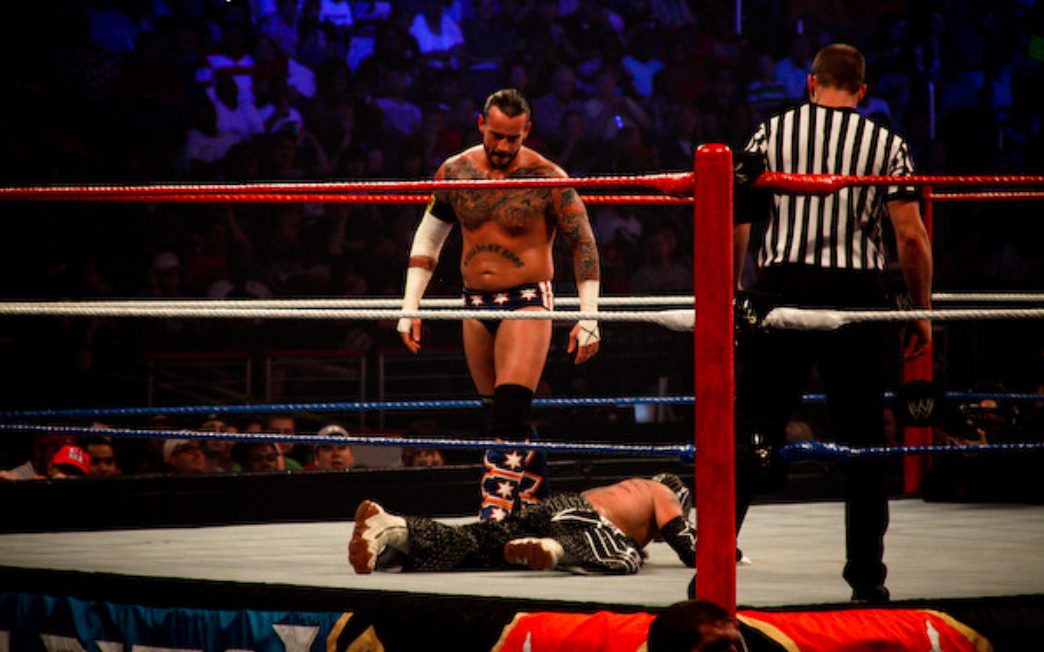
Bodyslams and piledrivers ruled playgrounds when pro wrestling captured kids’ imaginations, leading to backyard matches. This rough play often led to minor injuries, with reports of over 200 wrestling-related playground injuries annually. As attitudes shifted toward safety and supervised play, this once-common pastime faded from schoolyards across America.
The cultural impact of professional wrestling has diminished over time, taking with it the backyard wrestling matches that once dominated childhood play. Physical activity encouraged creativity but raised safety concerns that eventually led to its decline as parents became more protective.
26. Sliding Down Hills on Cardboard
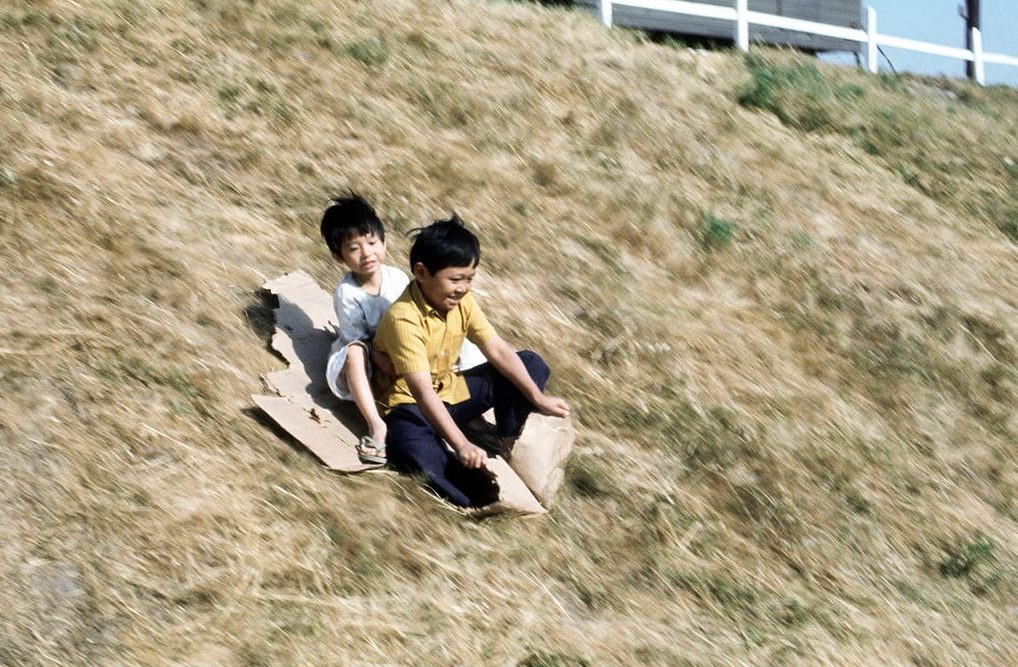
Cardboard boxes metamorphosed from trash to treasure when repurposed as makeshift sleds for any available hill. Each run offered an unpredictable experience, with bruises and scrapes becoming badges of honor for daring children who might fly down hills for just 30 seconds per run. This free, improvised entertainment required nothing but discarded packaging and an incline, representing the ingenuity of pre-digital play.
Inexpensive and accessible entertainment provided exciting adventures despite frequently resulting in minor injuries, embodying childhood’s perfect balance of risk and reward that today’s bubble-wrapped kids rarely experience.
25. S&H Green Stamps
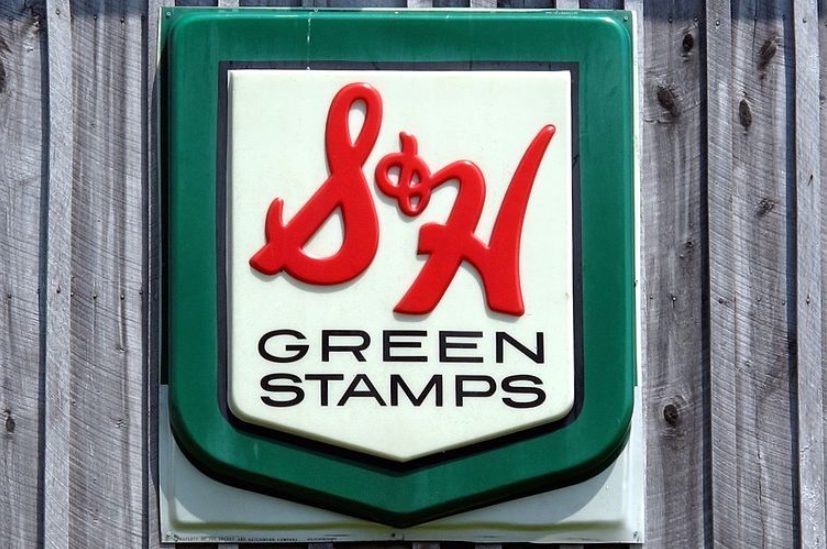
Loyalty rewards existed long before apps, with S&H Green Stamps turning everyday shopping into treasure hunting. Diligent shoppers collected stamps with purchases, each worth about 10 cents, and pasted them into booklets redeemable for household items. This analog loyalty program created a unique retail experience that modern digital points systems can’t match.
Initially developed for aiding the blind, green stamps later became a popular incentive program that encouraged purchases at participating stores. The tactile satisfaction of filling books and the anticipation of redemption created shopping habits that spanned generations before eventually being replaced by card-based loyalty programs.
24. Rubik’s Cube

The Rubik’s Cube turned frustration into a global phenomenon, challenging spatial reasoning skills with its colorful puzzling design. What began as a teaching tool exploded into a worldwide craze, with dedicated enthusiasts eventually solving it in under 10 seconds.
The deceptively simple cube continues to challenge new generations, but few remember the original mania when everyone seemed to be twisting and turning these puzzles in schools, offices, and homes across the world. Many found it frustratingly difficult, yet it became an enduring challenge and symbol of problem-solving abilities that fostered cognitive skills while driving others to the edge of sanity.
23. BBC Micro
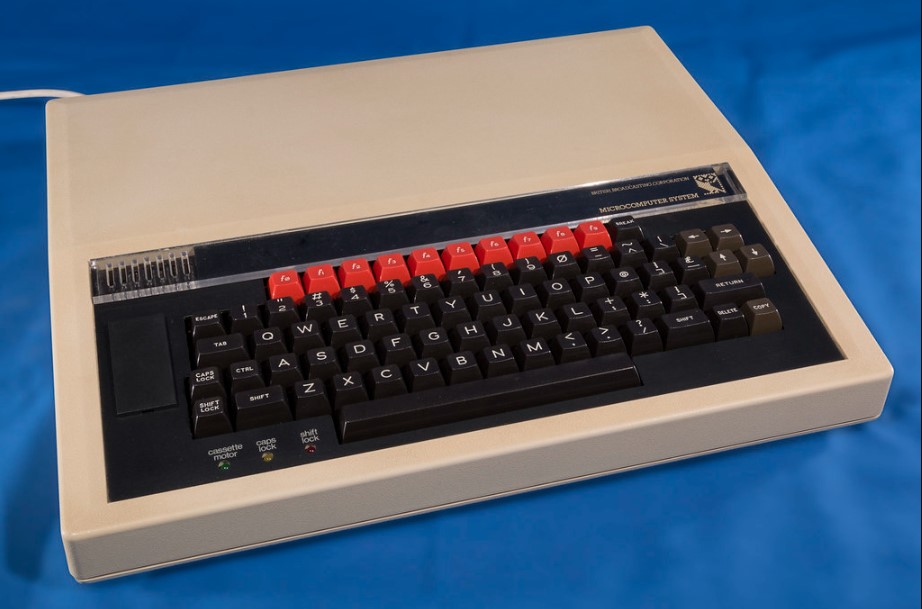
Before computer labs were common, the BBC Micro brought digital literacy to British classrooms on an unprecedented scale. Schools received over 1.5 million of these machines, which shaped computing education despite having only 32K of memory. The widespread initiative created a generation of coders and tech enthusiasts who grew up with hands-on computing experience at a time when personal computers were still rare in homes.
With limited memory capacity by modern standards, it still played a crucial role in early computing education, laying the groundwork for Britain’s tech industry and creating digital literacy skills that would define future careers for thousands of students.
22. Bell Bottom Jeans

Bell bottom jeans freed leg movement while making a bold fashion statement with their distinctive flared design. Rock stars embraced this iconic style that allowed for dramatic stage movements and became visual shorthand for the era. At about $15 a pair, these jeans were accessible fashion statements that gave wearers a sense of cultural belonging.
The iconic design symbolized freedom of movement and fashion, though they offered limited durability compared to modern denim. Today’s skinny jeans represent nearly the opposite aesthetic, making bell bottoms instantly recognizable as retro style markers that continue to cycle back into fashion periodically.
21. Stickball
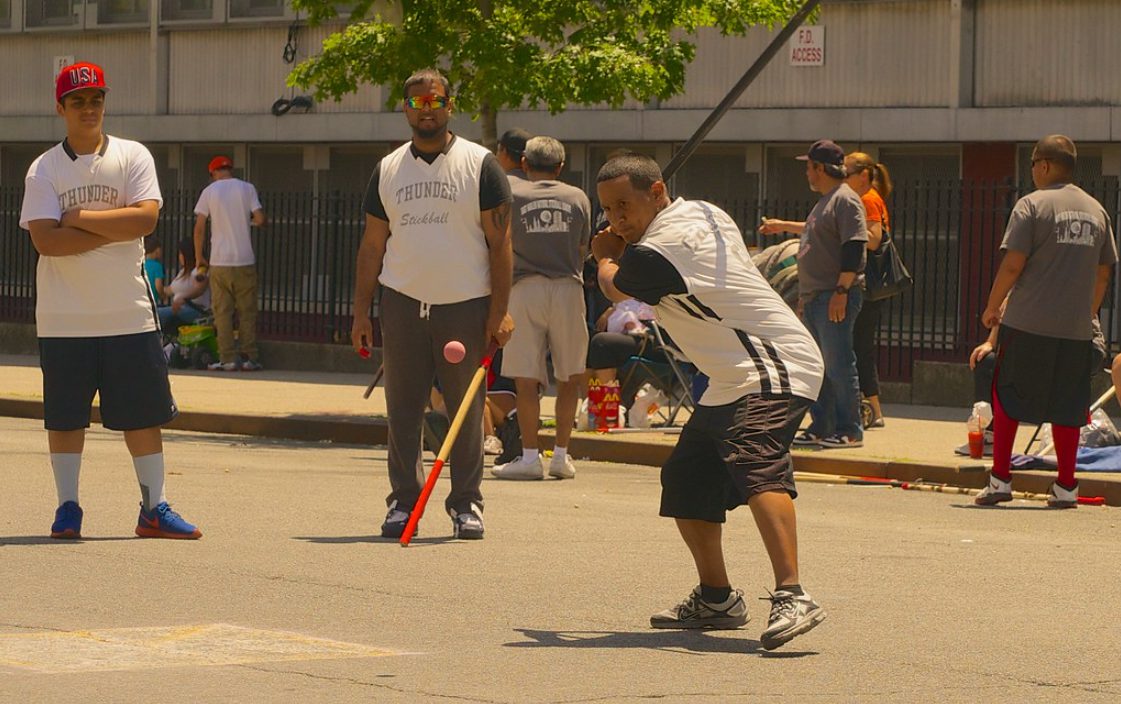
Urban kids turned streets into ballparks with stickball – baseball’s resourceful cousin played with broom handles and rubber balls. This ingenious adaptation of America’s pastime required minimal equipment but created maximum fun, with games sometimes lasting 10 innings. Urban neighborhoods came alive with these impromptu games that fostered community and gave city kids a way to play sports without dedicated fields or expensive equipment.
Irrespective of safety concerns due to makeshift equipment and urban environments, stickball provided entertainment and social interaction for generations of urban children who lacked access to formal playing fields.
20. Carbon Paper

Need multiple copies without electronics? Carbon paper created duplicates instantly when placed between sheets of paper. Secretaries relied on this technology for copies, with the paper containing about 5% actual carbon. Photocopiers and digital technology have made carbon paper obsolete, but it once represented cutting-edge office efficiency.
Initially developed for aiding the blind, it became a primary method for making multiple copies before photocopiers entered offices. The bluish-purple text of carbon copies and the phrase “carbon copy” (CC) in email remain as linguistic fossils of this antiquated tool that demonstrates how completely technology has transformed everyday office tasks.
19. Milk Bars

The milk bar solved teenage boredom by creating dedicated social spaces centered around milkshakes and ice cream. These venues became critical social hubs where teens gathered for 50-cent shakes that came in dozens of flavors. More than just food service establishments, milk bars provided structured social interaction spaces for young people in an era before malls and chain restaurants dominated youth culture.
Despite health concerns about the high sugar content, these establishments created shared community experiences and cultural touchpoints for teenage social life. These community spaces fostered connections across neighborhoods and towns in ways that today’s fractured social landscape rarely allows.
18. Vectrex Arcade System
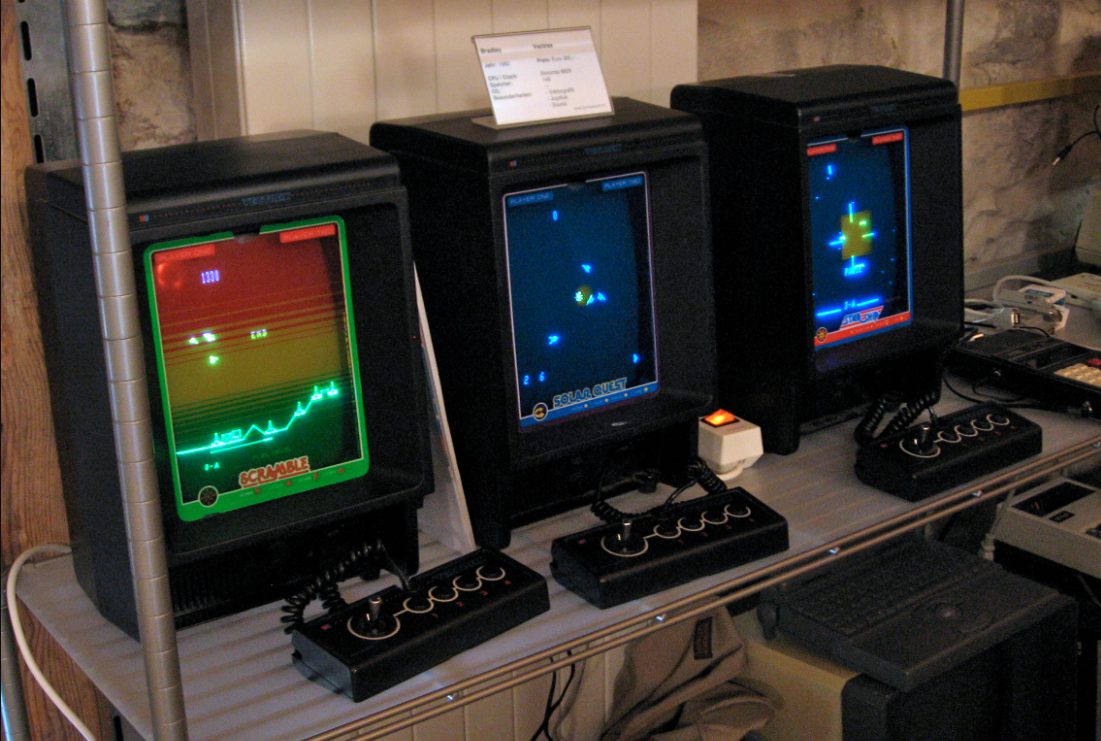
Vector graphics delivered razor-sharp gaming experiences when the Vectrex brought arcade-quality visuals home with its unique display technology. This gave the console a distinctive visual style unlike any other system of its time. At around $200, it came with the pre-installed game Minestorm and represented cutting-edge technology for home entertainment.
Facing competition from Atari and Intellivision, it never achieved mainstream success but developed a niche following among gamers who appreciated its unique approach. The system eventually became a cult classic and remains a sought-after collector’s item that represents a fascinating alternative path in gaming history.
17. Friendship Bracelets
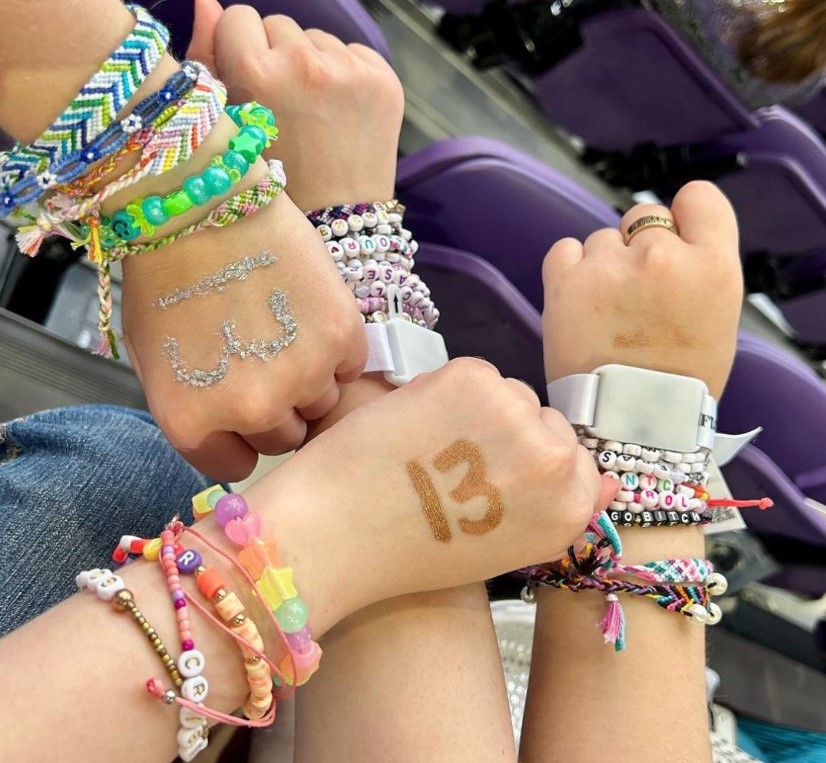
If you’re looking for a tangible symbol of connection, friendship bracelets wove relationship bonds into wearable art. Children created these colorful tokens taking up to 10 minutes each to complete, with every bracelet representing a unique expression of affection through handmade craftsmanship. The exchange created visible signs of social bonds and friendships that everyone could see.
Not typically sold commercially but made at home, these items represented authentic connection in a tangible form. This handicraft tradition taught patience and creativity while strengthening social ties through meaningful gift-giving.
16. Max Steel

Action packed adventures came to life through Max Steel figures, complete with high-tech gadgets and twelve inches of articulated flexibility. Standing about 12 inches tall, these toys thrilled boys who wanted dynamic play scenarios. Originally launched in 1999 by Mattel, the line achieved huge success in Latin America, outperforming other action figures with a brand value exceeding $100 million in its first year.
The design sparked imagination and fueled countless heroic scenarios where kids could direct their own adventures. Unlike modern toys that often connect to screens or apps, these figures relied entirely on creativity and storytelling skills to come alive during countless hours of imaginative play.
15. Bean Bag Chair
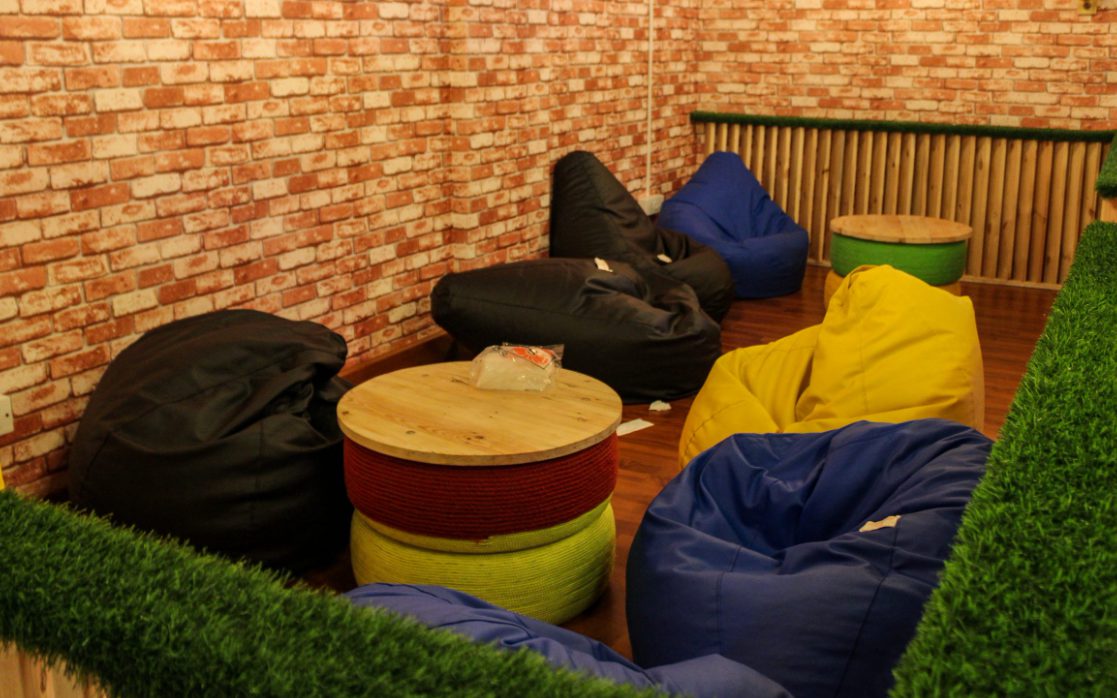
The bean bag chair eliminated furniture formality, conforming perfectly to any sitter’s shape without rigid structure. These unconventional seats quickly became dorm room staples, supporting about 150 pounds while providing a relaxed seating option that rejected traditional furniture design. Despite lacking structural support that could lead to poor back support over time, they became popular in the 1960s and 1970s as symbols of youth culture and informal living.
The bean bag broke conventional furniture design rules, offering comfort without rigidity that appealed to a generation seeking to relax in spaces that felt as flexible and free as their lifestyles.
14. Erector Sets
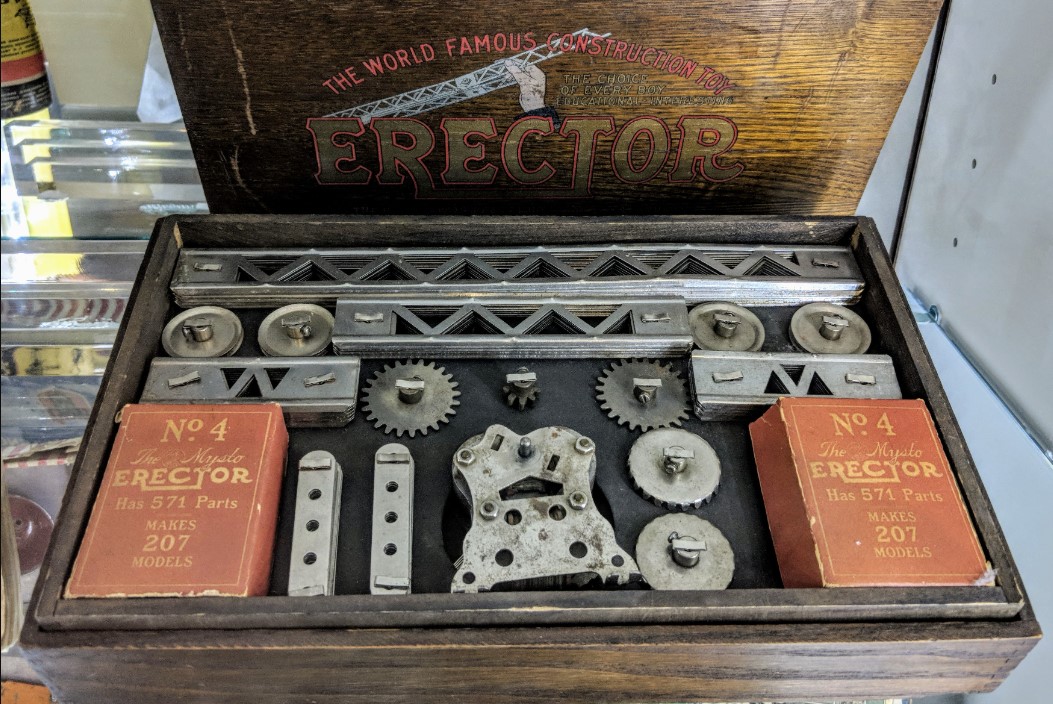
Budding engineers found their first building challenge in Erector Sets, with metal pieces that connected into complex mechanical constructions. With up to 200 separate components, these metal construction kits nurtured building skills and problem-solving abilities in ways plastic toys couldn’t match. Kids created everything from simple structures to complex machines with moving parts, gaining hands-on mechanical experience.
These toys inspired engineering enthusiasts by providing practical experience with engineering principles and mechanical concepts. Though they contained small parts that posed choking hazards for young children, they remained valued by collectors and are considered classics in the toy industry.
13. Teddy Ruxpin

Bedtime stories became magical when Teddy Ruxpin’s animatronic mouth moved perfectly in sync with cassette tape narration. The bear’s eyes also moved realistically as stories played to captivated young listeners. At over $70 when first released, it represented a significant investment in interactive entertainment. The first animatronic toy revolutionized interactive storytelling, though mechanical issues like jammed tapes or eye malfunctions were common problems.
An entire generation experienced this early form of interactive storytelling before digital devices made talking toys commonplace, with the toy selling over 7 million units in its initial years despite its technological limitations.
12. Easy Bake Oven
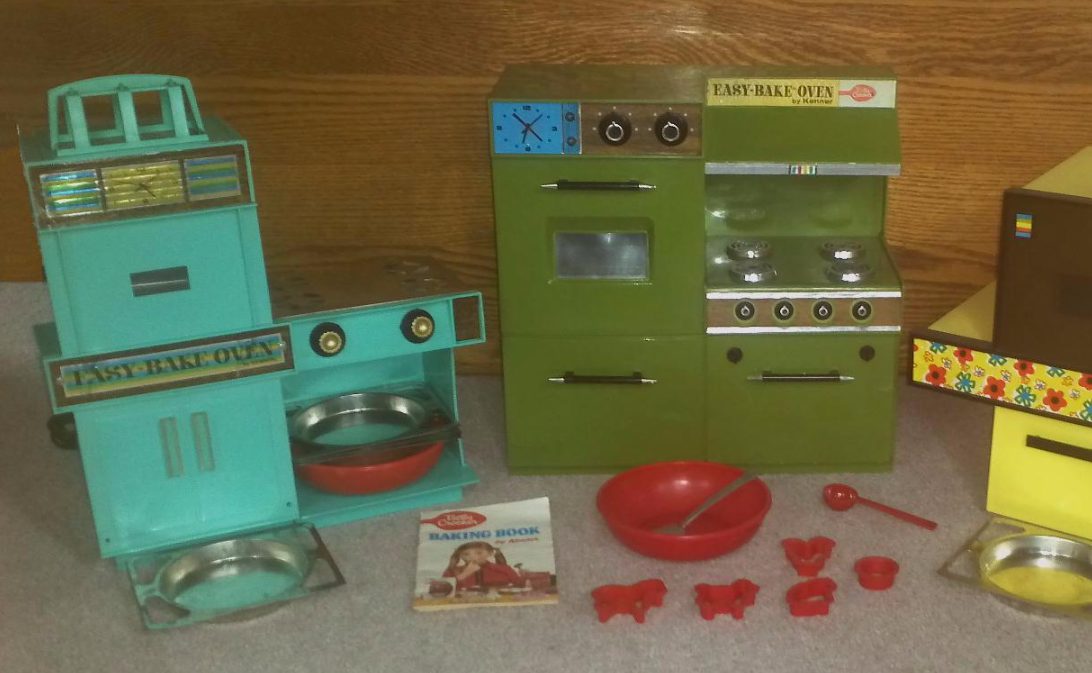
The Easy-Bake Oven used a light bulb to give children their first taste of baking independence. Mix packets cost roughly 50 cents and produced small batches of treats that created excitement and success for young bakers. Popular since its introduction in the early 1960s, it encouraged interest in cooking while providing a safe, self-contained environment.
This toy empowered children to create real food independently, fostering confidence and basic culinary skills while providing the satisfaction of making something edible from scratch in a way that continues to appeal to children despite decades of technological advances in toys.
11. Stretch Armstrong
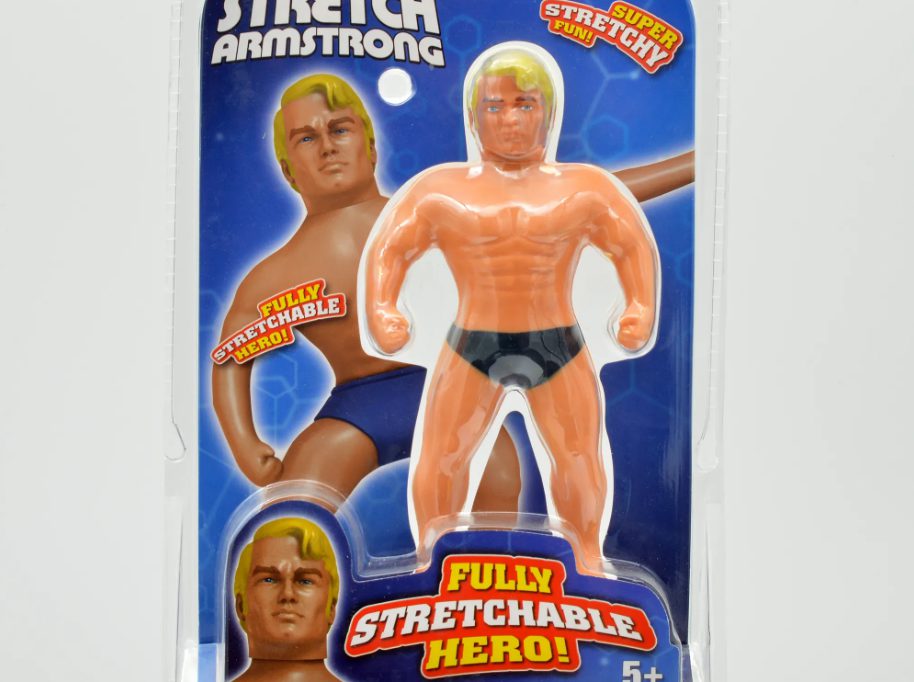
Extending to several times its length without breaking thanks to its unique gel-filled design, the Stretch Armstrong defied physical expectations. This action figure created a play experience unlike any other toy on the market with its extraordinary elasticity.
The physics-defying properties fascinated children who tested how far they could pull him before he snapped back to his original form. Breakable if stretched too far or punctured, he could cause injury if not handled carefully, yet his novelty appeal inspired several other flexible toys and remains a recognizable brand with collector value after many years off the market.
10. Riding bikes without helmets

The freedom of cycling almost disappeared when safety regulations mandated helmet use, but before that, kids experienced pure liberation. Wind rushing through hair and unobstructed views enhanced the cycling experience in ways today’s safety-conscious parents can’t imagine. Head trauma accounted for only 5% of bike-related injuries, which seemed acceptable under the casual attitudes toward safety that defined the era.
Later studies revealed significant preventable injuries and fatalities, leading to a push for mandatory helmet use and greater safety awareness that completely changed how children experience cycling today.
9. Laser Disc
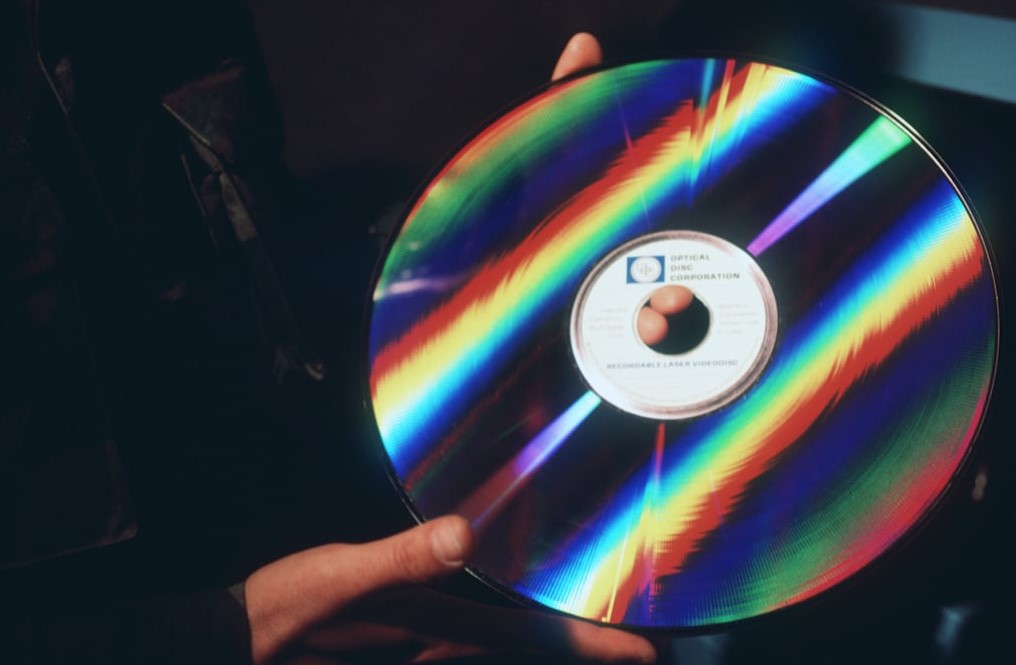
Movie buffs seeking crystal-clear picture quality turned to LaserDiscs long before HD and 4K existed. These massive discs delivered superior video fidelity that surpassed both VHS and Betamax quality for home viewing enthusiasts willing to invest $1,000 or more in players.
Limited capacity required frequent disc changes for longer movies, and the lack of recording capability was a major drawback compared to VHS. These 12-inch discs represented cutting-edge technology that quietly revolutionized home viewing standards but never achieved mainstream success due to their bulk and cost limitations.
8. Magic 8 Ball
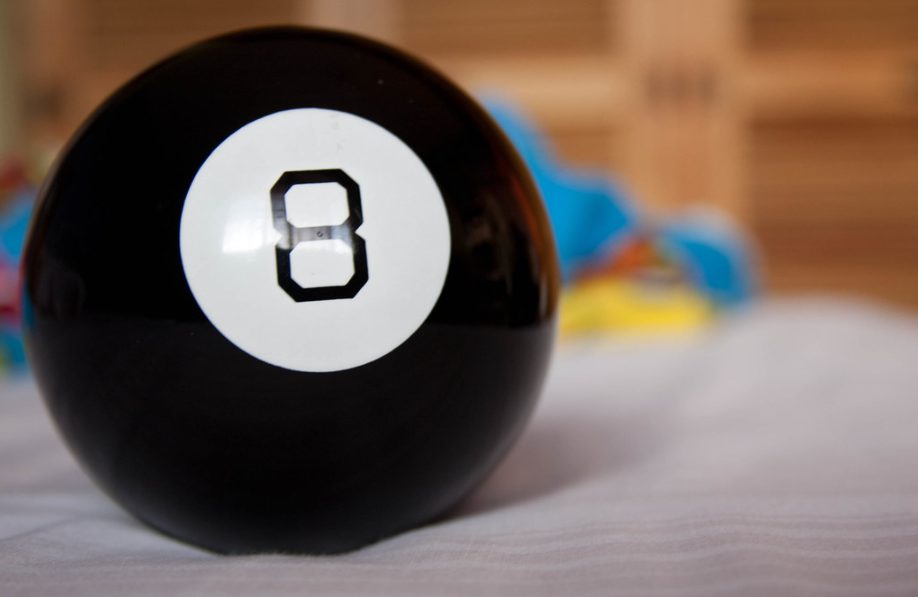
Caught in a moment of indecision? The Magic 8-Ball offered instant, if random, guidance through its floating die and mysterious blue liquid. Responses ranged from definitive “yes” to noncommittal “ask again later,” bringing amusement with each shake. At roughly $3, this mystical novelty provided hours of entertainment as users posed questions both trivial and profound.
Despite having no actual predictive value and offering only predefined responses, people found its answers both amusing and intriguing. The simple concept became a cultural icon that balanced mystery and fun, providing quick answers to life’s questions without the commitment of actual decision-making.
7. Building Tree Houses

If you dreamed of a personal fortress away from adult supervision, tree houses delivered independence high above the ground. Imagination ruled construction, with safety concerns taking a distant backseat to adventure, as trees with 10-inch diameters became foundations for these makeshift hideaways. The building process enhanced problem-solving skills and provided genuine independence in an era before structured play became the norm.
The lack of safety measures increased risk of accidents and injuries, something unthinkable in today’s safety-conscious parenting culture. These aerial retreats represented childhood autonomy that today’s supervised kids rarely experience.
6. Mego Superheroes
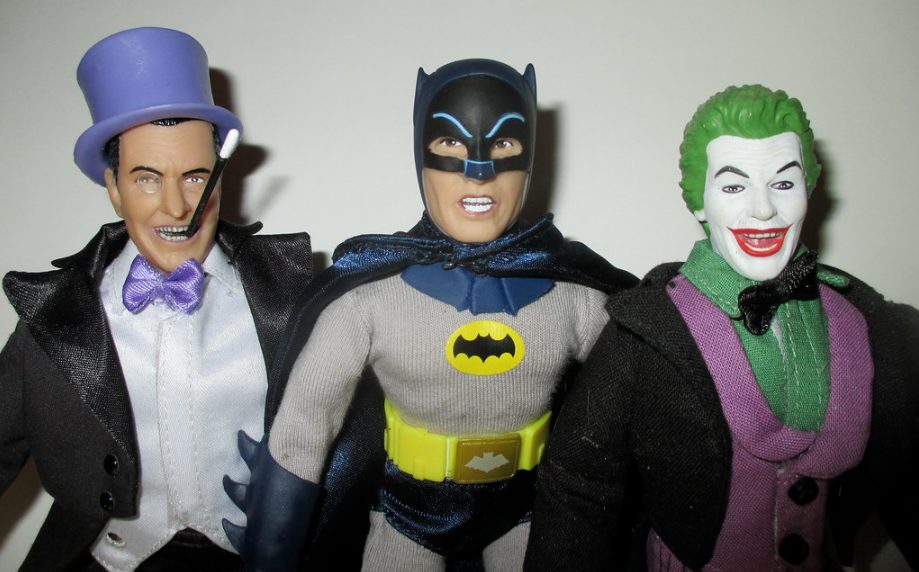
The Mego Superheroes brought comic book characters to three-dimensional life with fabric costumes that could be changed for different adventures. With about 14 points of articulation, these figures inspired imaginative storytelling as kids crafted heroic scenarios. Mego revolutionized action figure design with their detailed, fabric-clothed figures that provided a level of realism previously unseen in toys.
Quality varied between figures, and production ceased in 1980, but they became iconic in the 1970s due to their unique playability. The tactile experience of changing costumes and posing these heroes created play patterns that modern, pre-posed figures with molded clothing can’t replicate.
5. Sony Walkman
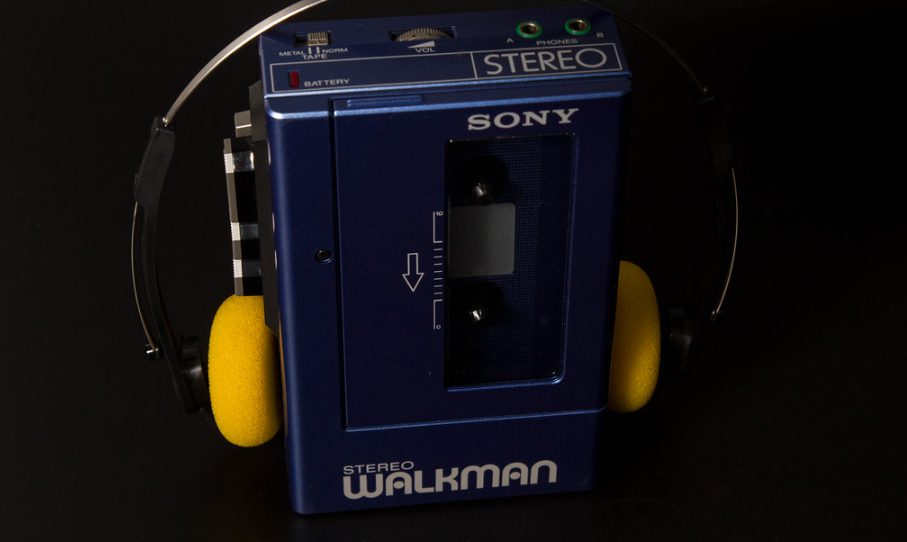
Tired of being tethered to your stereo? The Sony Walkman freed music lovers to enjoy their favorite songs anywhere. This revolutionary device sold for about $150, liberating music from home stereos and creating portable soundtracks for daily life. Creating mixtapes became an art form that expressed feelings and captured moments through carefully sequenced songs.
Initially facing skepticism due to lack of recording functionality, it overcame doubts to sell over 400 million units across various formats. Music lovers embraced their newfound freedom to enjoy private listening experiences anywhere, reshaping cultural consumption decades before streaming services made music infinitely portable.
4. Renting VHS Tapes
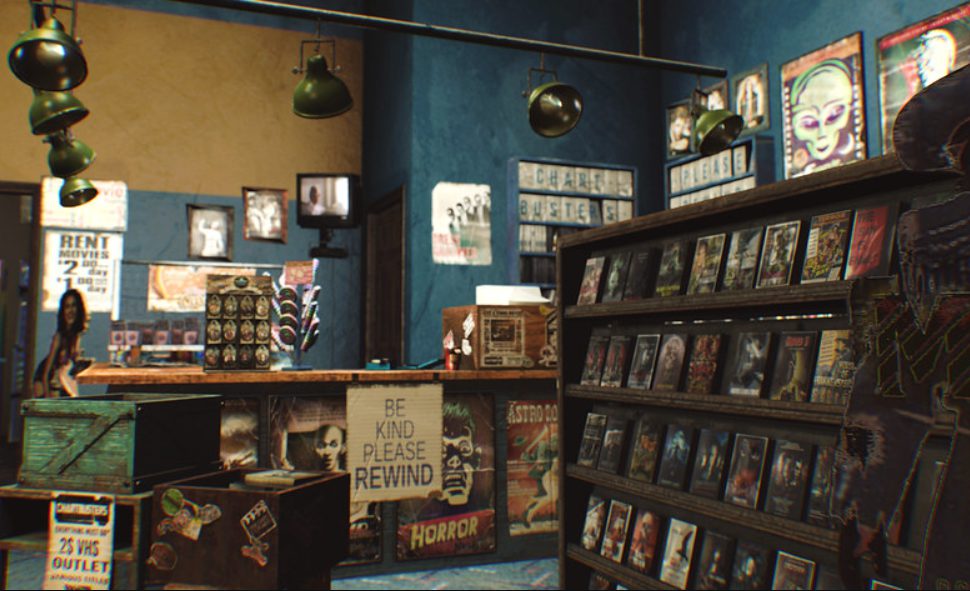
Friday nights turned into special events when families made their weekly pilgrimage to video rental stores. Browsing shelves for about $2 per night transformed movie watching into a treasure hunt through aisles of possibilities. Discovering new options and settling on the perfect film sparked joy that automated recommendations can’t match.
Users often faced late fees if rentals weren’t returned on time, and selection was limited by what local stores had in stock. The physical ritual of selection, the anticipation of watching, and the responsibility of returning tapes created a structured relationship with entertainment that streaming services have eliminated.
3. Using Phone Books

The phone book solved countless “how do I find them?” dilemmas before search engines existed. These paper directories weighing upwards of 5 pounds were essential tools for contacting businesses and individuals. Looking up contact information was a routine task that everyone needed to master in pre-internet days.
These massive directories were essential urban infrastructure before digital alternatives, though they were often criticized for being cluttered and difficult to update. People relied on these tomes for information access before search engines put everything at our fingertips, making the Yellow Pages and White Pages crucial navigation tools for daily life.
2. Shopping From Catalogues
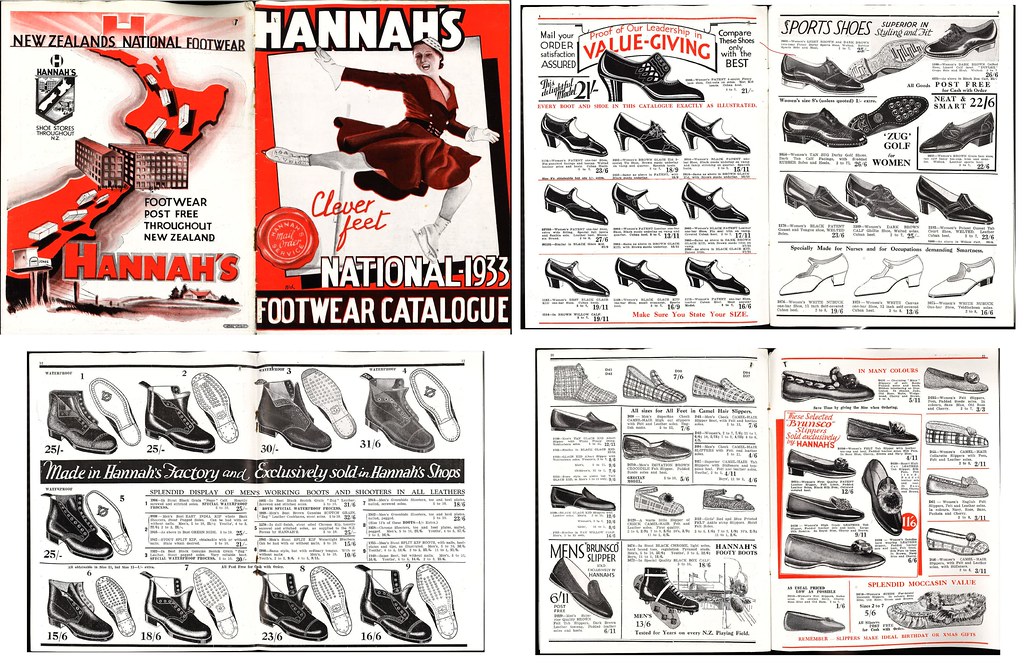
Rural shoppers cut off from retail options found salvation in mail-order catalogs that brought department stores directly to their doorsteps. These massive books offered products often discounted 20% off retail prices, making them attractive alternatives to in-store shopping. Sears and Montgomery Ward distributed millions of catalogs annually to reach remote areas where store presence was limited.
These giant wish books inspired dreams and entertained families who pored over them together. The catalog industry experienced record growth in the 1980s before declining with the rise of online shopping.
1. Fondue Parties
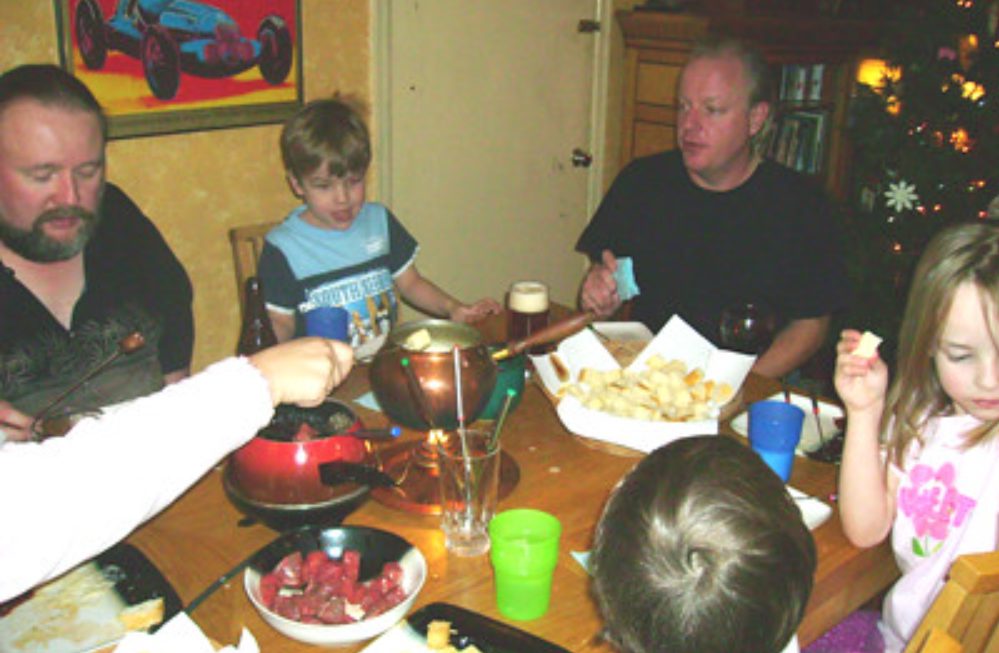
The communal dining experience reached its peak when fondue parties turned eating into a social event centered around a shared pot. Guests used 6-inch forks to dip bread and vegetables into melted cheese combined with wine and flavors, fostering interaction and warmth. People gathered around the same pot, sharing food and conversation in ways that modern individual dining rarely encourages.
Losing bread in the pot was considered bad form and often led to penalties like buying drinks for others. These parties made eating inherently social, creating natural conversation and connection through shared culinary experiences, particularly popular in the United States during the 1960s and 1970s.


